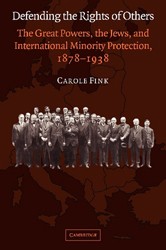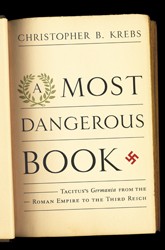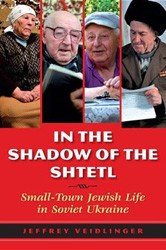Geography of Hope is a history of ideas that traces the Jewish role in shaping the social sciences. Birnbaum devotes an entire chapter to each of the “Jewish” social scientific giants: Karl Marx, Emile David Durkheim, George Simmel, Raymond Aron, Hannah Arendt, Isaiah Berlin, Michael Walzer, and Yosef Hayim Yerushalmi, and additional pages to a discussion of the many other notable “Jewish” social scientists including Erving Goffman, Howard Becker, Alvin Gouldner, Alfred Shütz, David Reisman, Reinhardt Bendix, Edward Shils, Karl Mannheim, Claude Lévi-Strauss, and Franz Boas. I put “Jewish” in quotation marks because not all are Jewish; Simmel and Marx are converts to Christianity, but all of them are thought of as Jewish in the eyes of the larger community. To Birnbaum, the apparent “leitmotif ” of the work of most of these social scientists is their “distancing” from their Jewish origins even when their research interests appear to be directly related to the “specific social facts” associated with being Jewish such as stigma, marginality, alienation, the rise of totalitarian governments, inter-group relations, and being an outsider.
It isn’t until the entry of Jewish academics of Eastern European background that this picture changes. The Eastern European experience, Birnbaum argues, was generally left untouched by the scientific and secular rationalism of the 18th century European Enlightenment. In these communities, “Jews still shared almost collectively a specific culture and customs formed by traditions as well as by marginalization…where assimilation often remained an almost inconceivable strategy.…” The Jewish social scientists of Eastern European descent did mainstream academic study but at the same time explored aspects of the Jewish experience in their research and private lives. Typical of this group are the distinguished University of Chicago sociologists Horace Kallen, “the true founder of American multiculturalism,” and Louis Wirth, author of the classic sociology book, The Ghetto, and the noted socio-linguist Edward Sapir, who was president of the Linguistic Society of America and a member of the Yiddish Scientific Institute. It is primarily this group, such as Yosef Hayim Yerushalmi, who engage in “disassimilation” and seek to develop academic research and courses on Jewish concerns and support the development of Jewish studies programs.
The academic style of this book makes it challenging for the average reader but the fascinating analysis is bound to captivate. The book has one glaring omission: It does not have an index, which would have made looking up individual scholars a far easier task. Nonetheless, the book is well worth reading.
Pierre Birnbaum is a leading French historian and sociologist and prolific researcher and author. His works available in English includes Status and Collective Action: The European Experience, (1988), Anti-Semitism in France: A Political History form Leon Blum to the Present (1992). Endnotes with archival sources.




